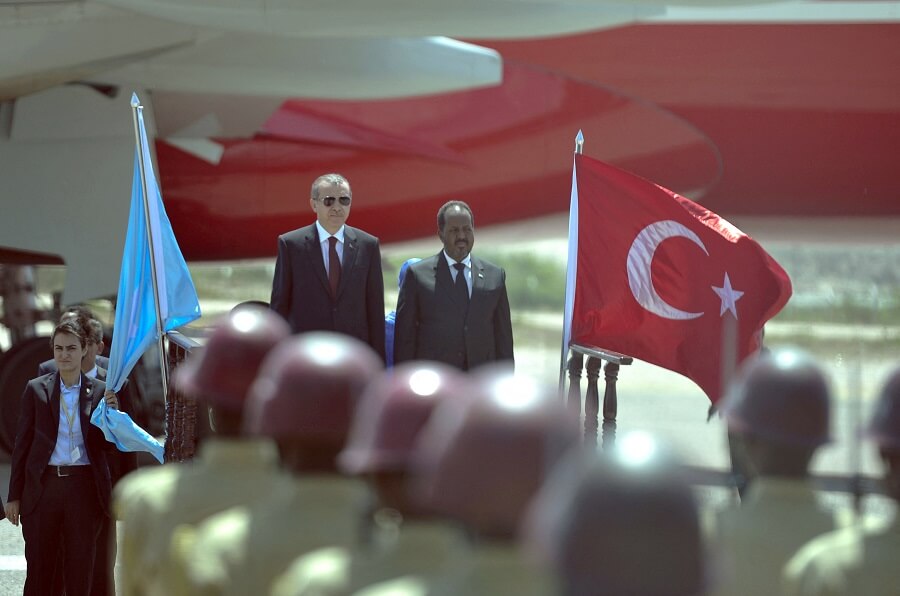
Addis Ababa – Ethiopia’s economic growth projections have been the subject of contrasting reports, with the International Monetary Fund (IMF) projecting a lower growth rate compared to the government’s figures.
According to the IMF’s recently released projections, Ethiopia is expected to achieve a 6.1% real gross domestic product (GDP) growth rate by the end of 2023, with a 6.2% growth rate predicted for 2024. The IMF also reported a 6.4% growth rate for Ethiopia in 2022.
These figures differ from the official government data, which showed a more robust economic performance and outlook. During a joint session of the House of Peoples’ Representatives (HOPR) and House of Federation (HOF) held last week, President Sahle-Work Zewde announced that the country had achieved 7.5% economic growth in the fiscal year 2022/23, which concluded on 7 July, 2023. The President also expressed the government’s goal of attaining a 7.9% economic growth rate by the end of the current fiscal year.
Despite the disparities between the IMF and government data, Ethiopia is anticipated to outperform other East African economies such as Kenya and Uganda, which are expected to grow by 5% and 4.6%, respectively, in 2023.
Mozambique is projected to achieve the highest growth rate in the region at 7%, followed closely by the Democratic Republic of the Congo (DRC) at 6.7% and Rwanda and Ivory Coast at 6.2%. However, the report highlights that sub-Saharan Africa is expected to experience a decline in growth for the second consecutive year, with an estimated rate of 3.3% in 2023.
The IMF report emphasizes that 2023 has posed challenges for economies in sub-Saharan Africa, partly due to the inflationary shock caused by Russia’s war in Ukraine. This conflict has led to higher global interest rates, resulting in a slowdown in international demand, increased spreads, and sustained pressures on exchange rates.
By the end of 2023, inflation is expected to remain in double digits in 14 countries, including larger economies in the region like Ethiopia, Ghana, and Nigeria. The IMF also projects that the inflation rate will continue to rise in five countries (Angola, Burkina Faso, Equatorial Guinea, Niger, and the Seychelles) during 2024.
According to the Ethiopian Statistics Service, inflation continues to be a significant concern in Ethiopia, reaching 28.8% in July 2023. Particularly worrisome is the inflation rate for food, which stands at 27%.
Prime Minister Abiy Ahmed recently acknowledged high inflation as the most critical issue facing Ethiopia in his address to the members of parliament. To address this issue, the National Bank of Ethiopia introduced a detailed action plan in August 2023, aiming to decrease inflation to below 20% by 2024 and further reduce it to below 10% by 2025.
The government aims to achieve these targets by implementing tighter monetary policies, including limiting annual domestic credit growth to 14% and significantly reducing direct advances from the central bank to the federal government.
Despite the government’s expectations, the IMF report suggests that inflationary pressures may continue to rise in countries like Ethiopia, which are experiencing foreign currency shortages and a rapid decline in their currency’s value.
Ethiopia is one of the countries globally grappling with a significant depreciation of its currency. Recent data from the Troubled Currencies Project, which monitors exchange rates in both black and spot markets, indicates that the Ethiopian birr has depreciated by almost 40% against the US dollar since January 2022. AS







